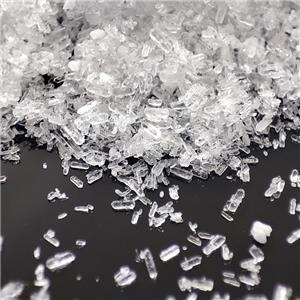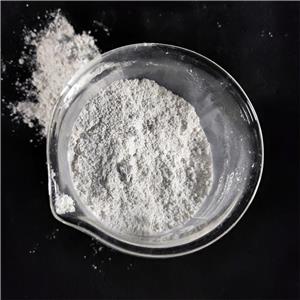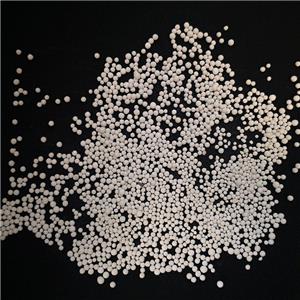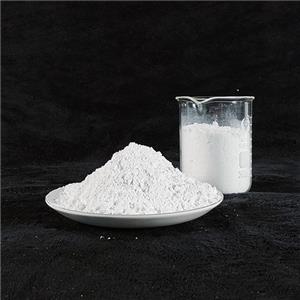Let’s take a look at 5 examples of surface modification of talc-4
4. Aluminate coupling agent modification of talc powder
(1) Modification method
Dissolve an appropriate amount of aluminate ester (such as L2 type) in a solvent such as liquid paraffin, then add dried 1250 mesh talc powder, mix and grind for 30 minutes, treat at a constant temperature of 100°C for a certain period of time, and then cool to obtain the modified Sexual talc powder.
(2) Application characteristics
Compared with ordinary talc powder, the viscosity of aluminate-modified talc powder in liquid paraffin is significantly reduced, the water penetration time is increased, and it exhibits excellent organic hydrophobic properties. Using this kind of talc powder to replace semi-reinforced carbon black for rubber filling not only improves mechanical properties such as tensile strength and elongation, but also replaces it in a larger amount, which helps reduce costs and environmental pollution.
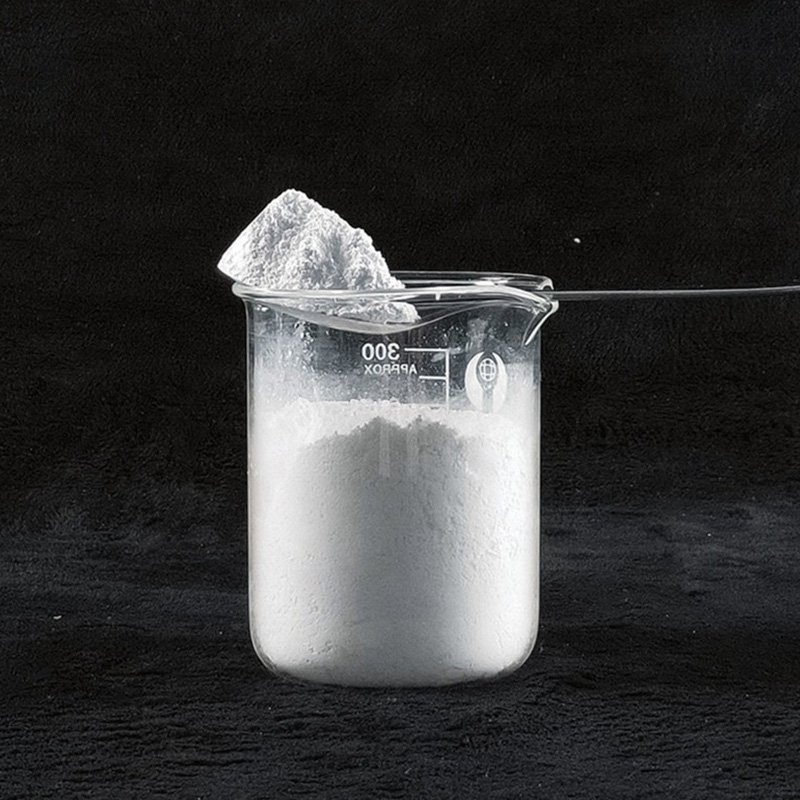
5. Phosphate modification of talc powder
(1) Modification method
The talc powder was placed at 80°C, mixed and stirred with the phosphate aqueous solution for 1 hour, and then dried at 95°C. Next, the temperature was raised to 125°C, and heat treatment was performed for 1 hour. The dosage of phosphate ester is 0.5%-8% of the mass of talc powder.
(2) Application characteristics
Phosphate ester forms a coating layer on the surface of talc powder through chemical adsorption and physical adsorption, thereby improving its dispersion state and significantly improving the morphology and mechanical properties of the filling system. This modification method not only optimizes the properties of talc powder, but also expands its application range in composite materials.

